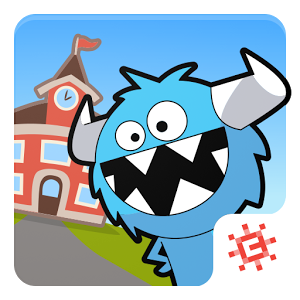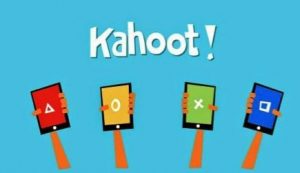Tinybop has created a number of apps. They include apps about the human body etc. One app in particular that I liked was called Tinybop Plants. This app is an educational application about different types of plants and plant life cycles. The app includes videos, interactive dioramas and sounds. The app is available in over 50 languages so it can be used if you are teaching a non-English speaking class. Students can look at the plants that are featured in the app and determine which plants can be eaten/which plants they eat at home. Overall, it is a great change from the classic chalk-and-talk method of teaching students!
Year Level: 1-2
Subject: Technologies
Strands: Design and Technologies
General Capabilities:
Literacy – the students need to be able to effectively read what they are seeing on the screen in order to interact
Numeracy – the app goes into detail about different life cycles which could incorporate numeracy
Information and Communication Technology(ICT) – students will be using iPads to use this app, which is a form of ICT
Critical and Creative Thinking – the teacher could get students to think about different plant adaptations and how this may effect the animals eating the plants etc.
Integrated Learning Opportunities:
Mathematics, Science, English, HASS
Content Descriptors:
Explore how plants and animals are grown for food, clothing and shelter and how food is selected and prepared for healthy eating (ACTDEK003)
Link:
https://tinybop.com/apps/plants
Additional Information:
- Easy to use
- Interactive and fun
- Cost: $2.99
- Over 50 languages featured














